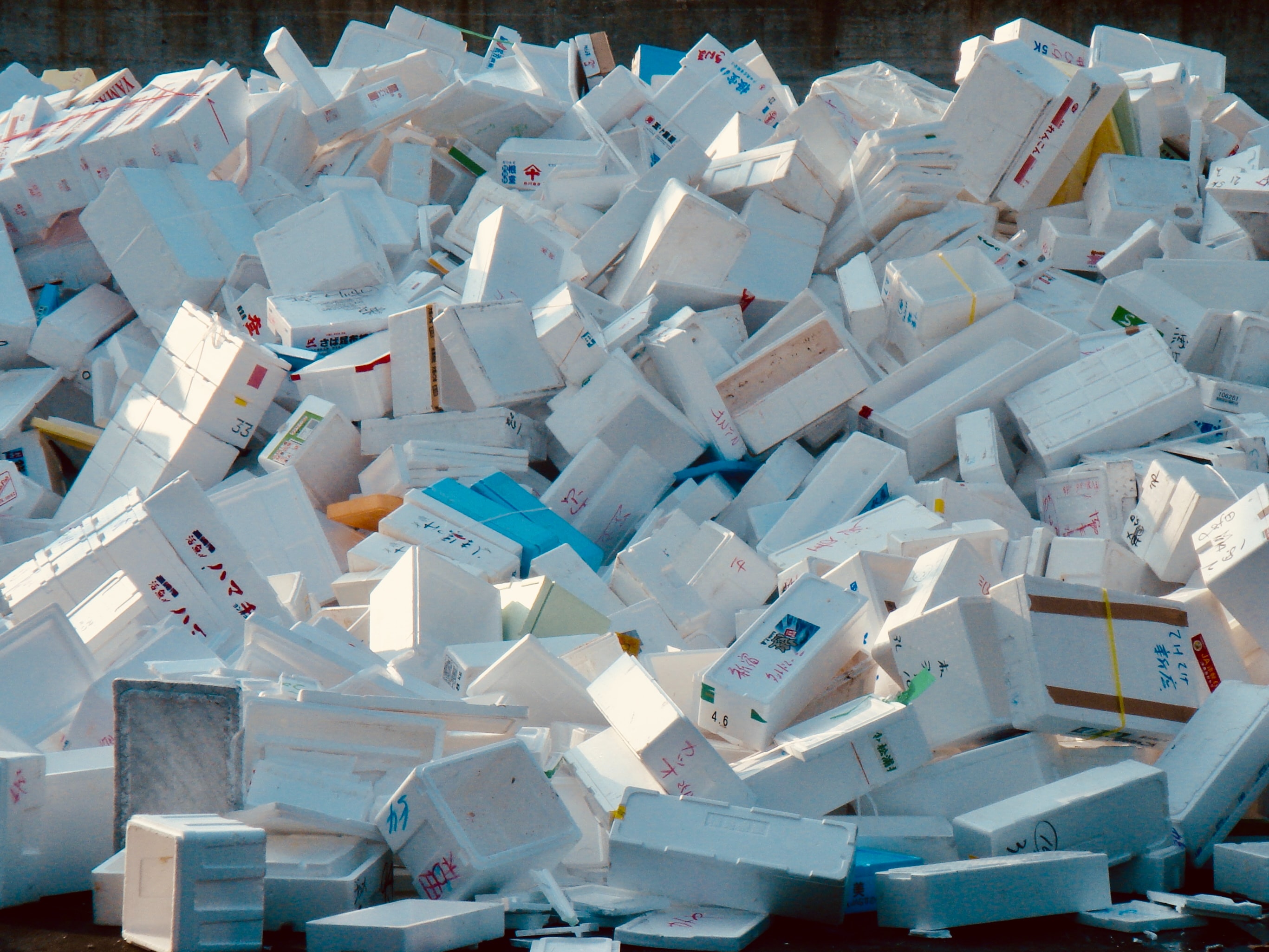Media release
From: PNASUpcycling polystyrene waste into high-value chemicals
A study reports a method to convert plastic waste into a high-value chemical product. Upcycling plastic into useful chemicals could help address the environmental crisis posed by plastic waste. However, existing upcycling methods often require complex, expensive catalysts and produce low-value products. Guoliang Liu and colleagues developed a tandem reaction strategy to degrade and upcycle polystyrene into high-value chemical products. Polystyrene is widely used in utensils, packaging, and insulation but is difficult to recycle or upcycle. First, the authors photochemically degraded polystyrene into aromatic compounds over an inexpensive aluminum chloride catalyst. Next, the authors added dichloromethane to the reaction to selectively produce diphenylmethane, a high-value chemical of low toxicity that is used in industries including food, pharmaceuticals, fragrances, and dyes. The combined degradation and upcycling method is less expensive and more sustainable than current industrial methods for producing diphenylmethane. The reaction also occurs at ambient temperature and atmospheric pressure, providing energy savings. Further analysis suggested that the process could be efficiently scaled up with high profitability and low sensitivity to market fluctuations. According to the authors, the degradation and upcycling method could be adapted to produce other valuable chemicals or to use other types of plastic, helping address the global challenge of plastic waste.


